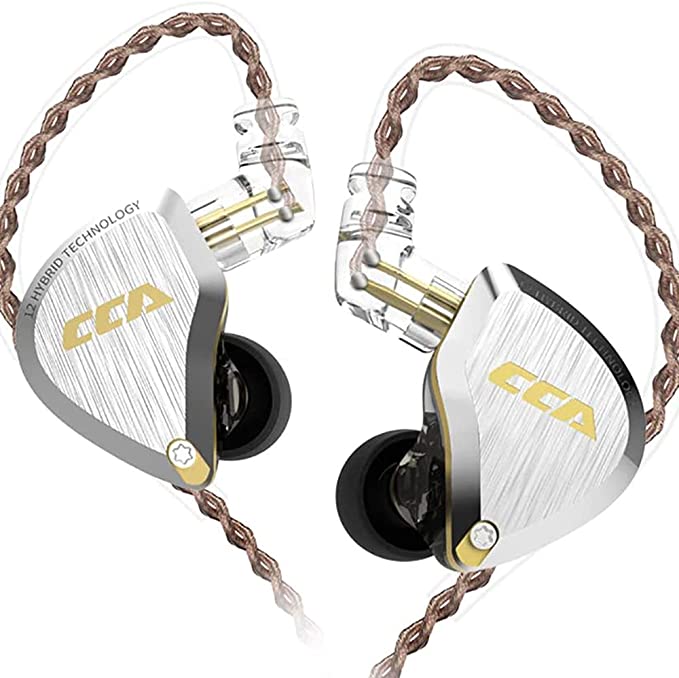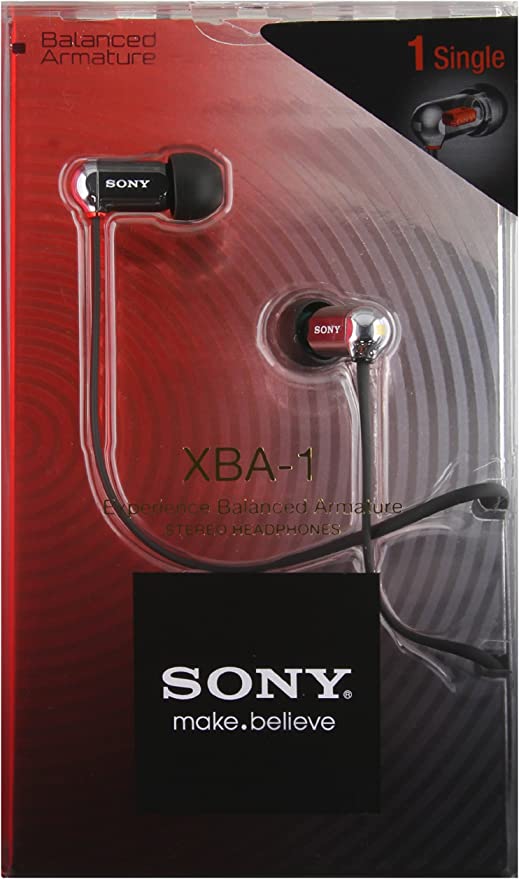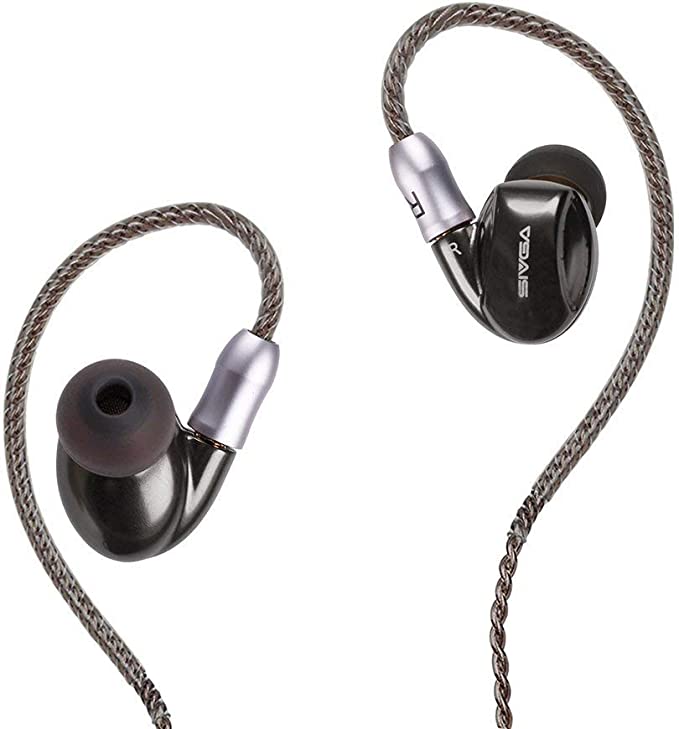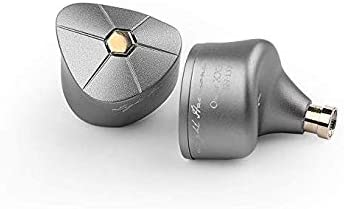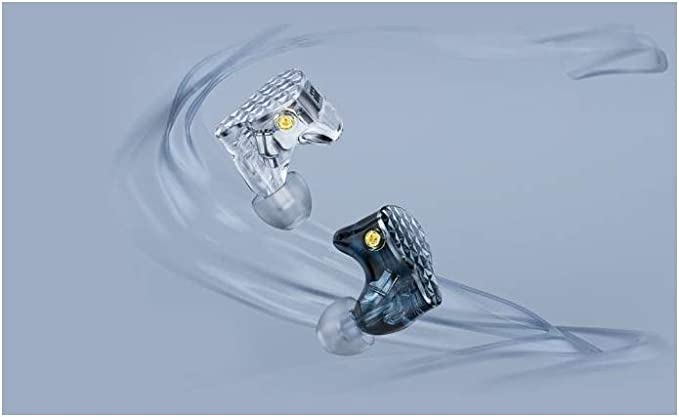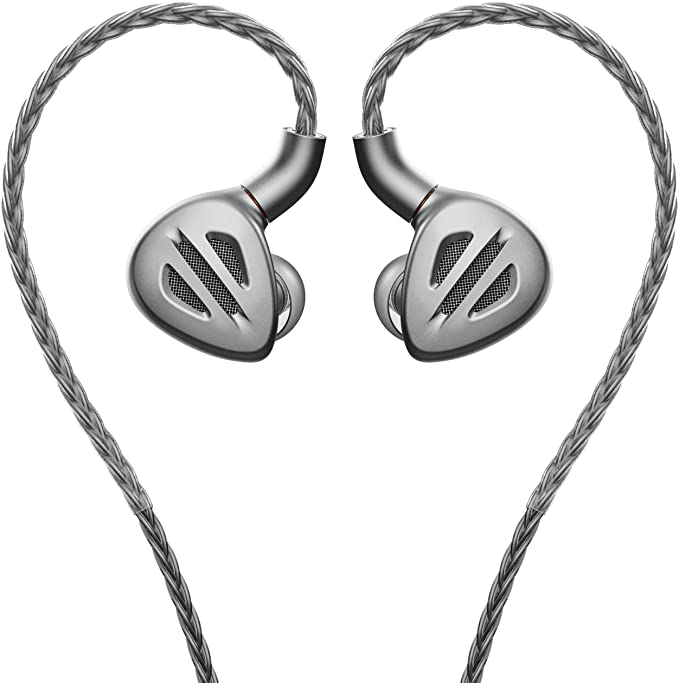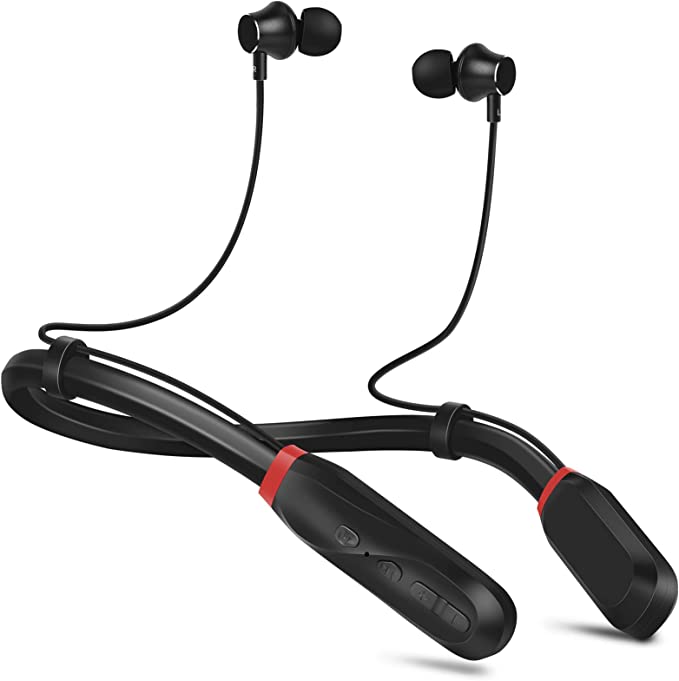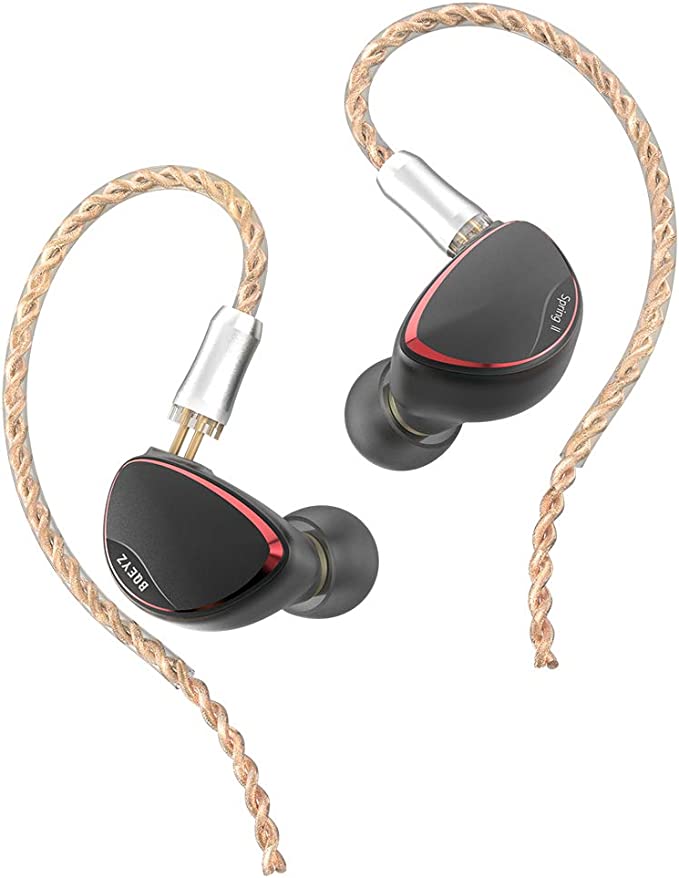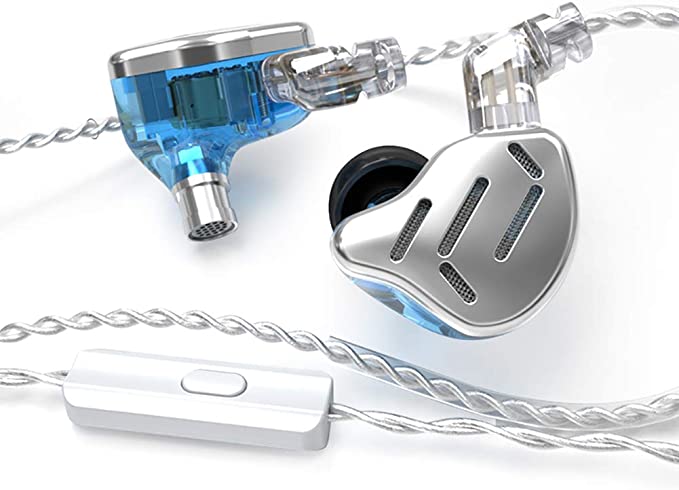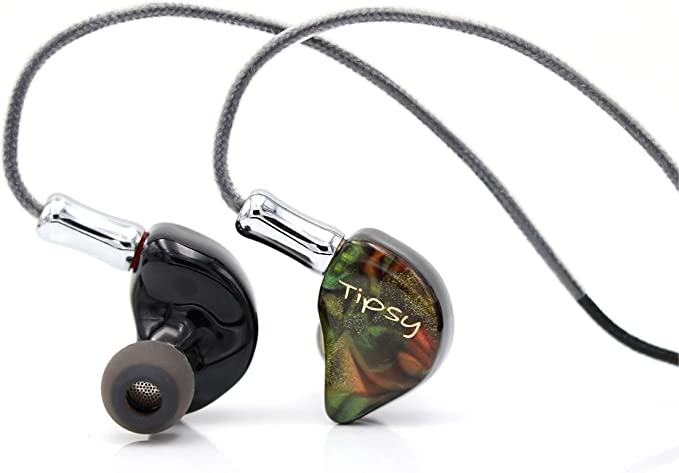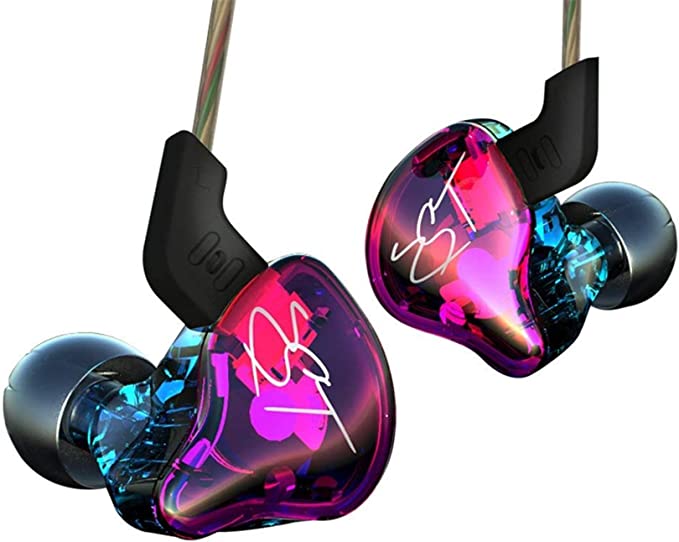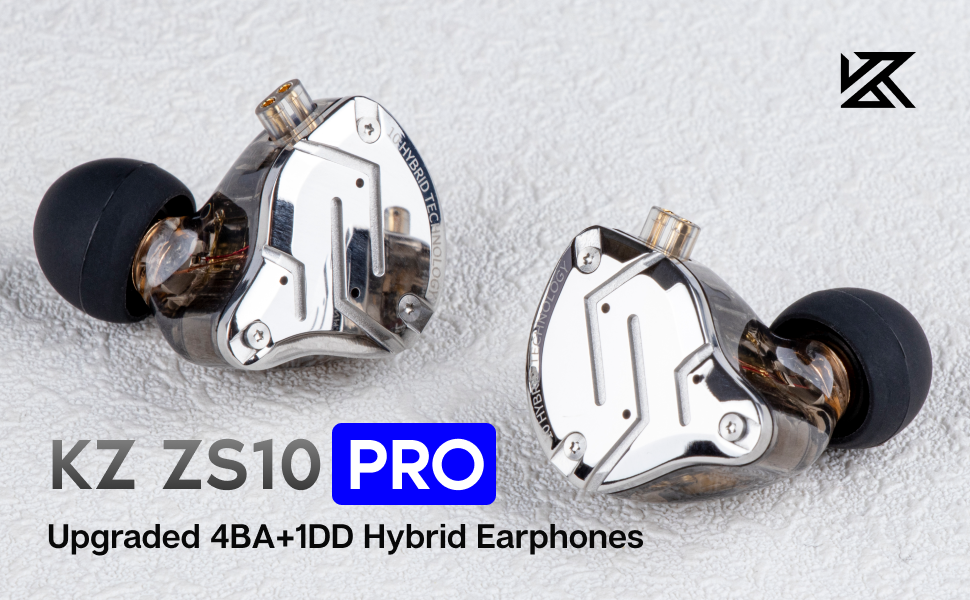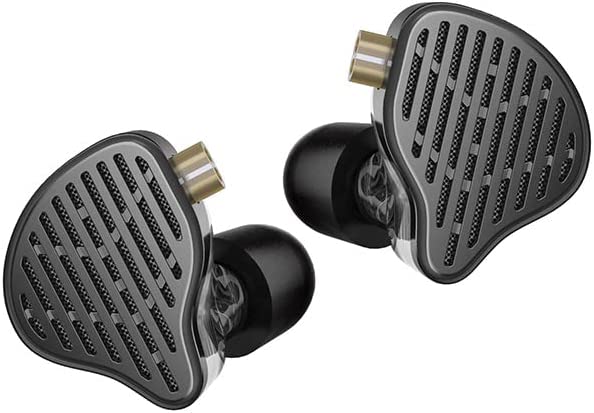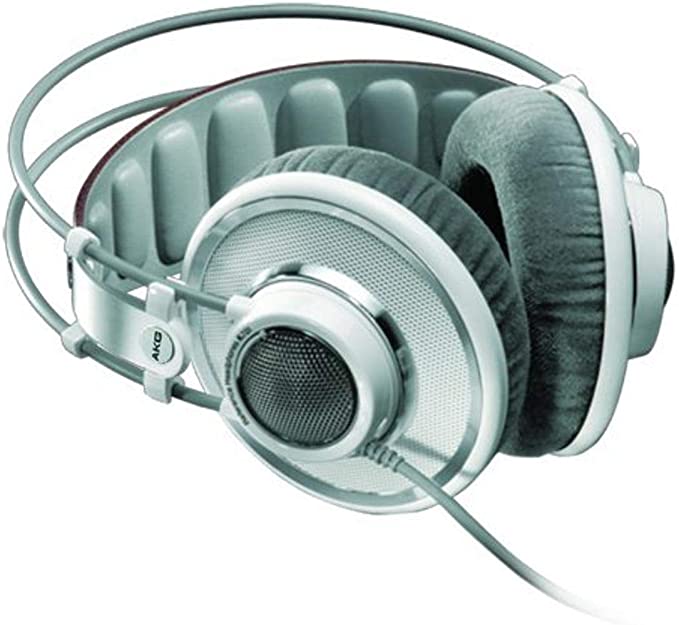The Headphone's Heart: A Guide to Dynamic vs. Balanced Armature Drivers
Update on Nov. 14, 2025, 8:51 p.m.
In the quest for perfect sound, have you ever felt you’ve hit a wall? You invest in a new pair of earbuds, only to find that while the bass is powerful, the vocals feel distant, or the treble is clear but lacks warmth. This common frustration often stems from the physical limitations of the tiny “engine” inside every earbud: the driver.
The driver is the heart of the headphone, responsible for converting an electrical signal into the sound you hear. For decades, two competing technologies have dominated this space, each a master of its own domain. Understanding the difference between them is the key to unlocking a new level of audio appreciation and making a truly informed choice. Let’s explore the tale of these two drivers and the exciting “hybrid” solution that aims to give you the best of both worlds.

The Workhorse: The Power of the Dynamic Driver
The vast majority of headphones and earbuds use a Dynamic Driver (DD). Think of it as a traditional loudspeaker, shrunk down to a miniature scale. * How it works: A voice coil attached to a flexible cone (the diaphragm) moves back and forth within a magnetic field, pushing air to create sound waves. * Its Superpower: Moving air. Because of their design and typically larger surface area, dynamic drivers excel at producing powerful, impactful low-end frequencies. They deliver the rich, warm, and resonant bass that gives music its soul and cinematic sound its rumble. A product like the Gravastar P9 Sirius Pro utilizes a 7.2mm dynamic driver specifically to handle this foundational part of the audio spectrum.
Think of the dynamic driver as a gifted baritone singer in an orchestra—powerful, emotive, and brilliant at laying down the rich, foundational melodies.
The Specialist: The Precision of the Balanced Armature
Found in professional in-ear monitors and high-end audiophile earbuds, the Balanced Armature (BA) Driver is a marvel of micro-engineering. * How it works: Instead of a moving cone, a BA uses a tiny reed (the armature) balanced between two magnets. The audio signal causes this reed to vibrate, and these minute movements are transferred to a very stiff, small diaphragm. * Its Superpower: Speed and detail. Because the moving parts are so small and light, a BA can respond to changes in the audio signal with incredible speed and precision. They are masters of the upper-mid and high frequencies, rendering the crisp snap of a snare drum, the subtle breath of a vocalist, or the delicate shimmer of cymbals with astonishing clarity.
Think of the balanced armature as a virtuoso coloratura soprano—effortlessly hitting the highest notes with breathtaking agility and precision. Brands like Knowles are legendary in the audio industry for producing some of the finest BA drivers available.

The Best of Both Worlds: The Hybrid Revolution
So, you have the powerful baritone and the precise soprano. How do you get them to perform a perfect duet? This is the genius of the Hybrid Driver System.
Hybrid earbuds, like the Gravastar P9, don’t force one driver to do everything. Instead, they employ an acoustic crossover—like a musical conductor—that directs specific frequency ranges to the driver best equipped to handle them. * The dynamic driver is tasked with what it does best: producing deep, resonant bass and full-bodied mids. * The balanced armature driver handles the upper-mids and treble, where its speed and precision can shine.
The result is a sound signature that aims for the holy grail of audio: the power and warmth of a dynamic driver combined with the detail and clarity of a balanced armature. This division of labor allows for a more expansive and detailed soundstage, where every part of the music has its own space. The sci-fi, multi-component design of a product like the Gravastar P9 can be seen as a fitting external expression of the complex, hybrid engineering happening on the inside.

The Supporting Cast: It’s Not Just About the Drivers
Of course, even the best driver system needs a great supporting cast. A stable, high-quality Bluetooth 5.2 connection is essential to deliver a clean, low-latency signal to the drivers. Environmental Noise Cancellation (ENC), which uses microphones to isolate your voice during calls, ensures that your communication is as clear as your music.
It’s also worth noting that this focus on audio fidelity sometimes requires design trade-offs. To accommodate a dual-driver system and complex electronics in a compact shell, engineers may need to make choices that impact other features, such as battery life. A 4-hour playtime, while short by today’s marathon standards, can be a conscious decision to prioritize sonic performance and a complex design above all else.
Conclusion: Listen Like an Engineer
The journey into the heart of the earbud reveals that “good sound” isn’t an accident; it’s a series of deliberate and fascinating engineering choices. By understanding the fundamental difference between dynamic and balanced armature drivers, you are no longer just a listener—you are an informed connoisseur.
You can now look at a spec sheet and see not just numbers, but a philosophy. You can understand that a hybrid system isn’t just a marketing term, but a sophisticated attempt to build a perfect audio orchestra in miniature. This knowledge empowers you to choose a device not just for its looks or features, but for the very soul of its sound.
